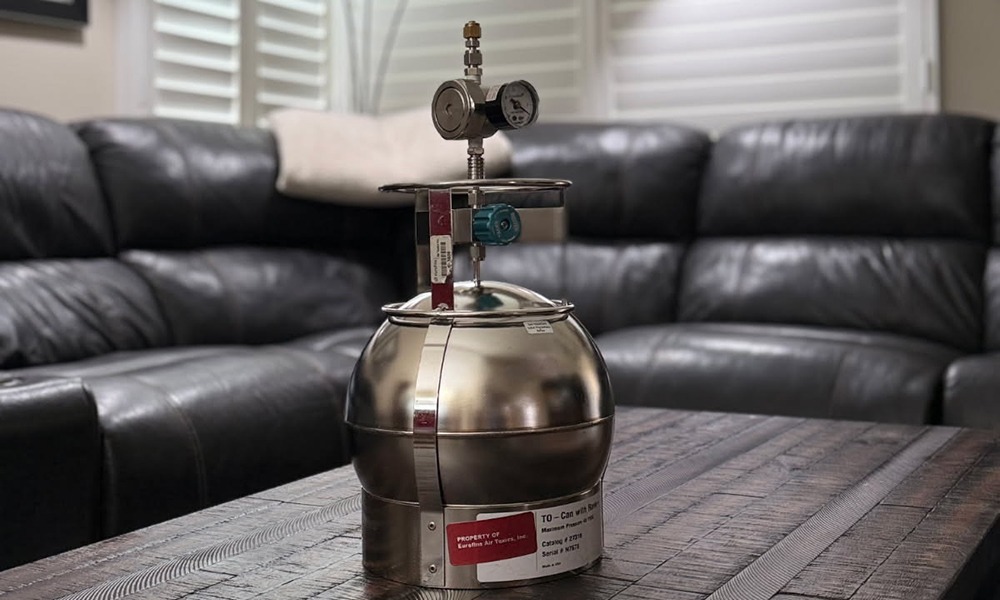Haley & Aldrich technical experts Gina Plantz, Kelly Chatterton, Rich Rago, and Bart Eklund recently published the results of a study that measured indoor air background concentrations of volatile organic compounds (VOCs) in 57 California residences. The study highlights the importance of understanding residential indoor air background, especially for vapor intrusion (VI) pathway evaluations and stakeholder communication. Regulatory agencies are generally not specific regarding the approach for incorporating background indoor air as a line of evidence in VI assessments, and this study supports appropriate regulatory consideration of background indoor air concentrations for the development of screening levels.
In collaboration with scientists from Eurofins Air Toxics, the Haley & Aldrich team conducted the study from February 2023 to February 2024. They evaluated 105 VOCs in samples from 57 residential homes across 38 California cities. In the article “Indoor Air Background Concentrations of Volatile Organic Compounds (VOCs) in California Residences (VOCs) in California Residences,” published in the journal Groundwater Monitoring and Remediation, they report that VOC concentrations ranged from below the reporting limit to 14,000 µg/m³. Notably, compounds that are typical VI “risk drivers,” like benzene, naphthalene, tetrachloroethene, and trichloroethene, were detected above screening levels.
Compared to previous studies, this California data set showed higher detection frequencies for certain VOCs, potentially due to changes in consumer products and building materials. The study underscores the need for understanding indoor air background to assist practitioners in data review, VI mitigation decision making, and risk communication. The researchers also emphasize that indoor air background is building-specific and should be evaluated with multiple lines of evidence, considering the dynamic nature of consumer product formulations and building operations.
Read the full article.




